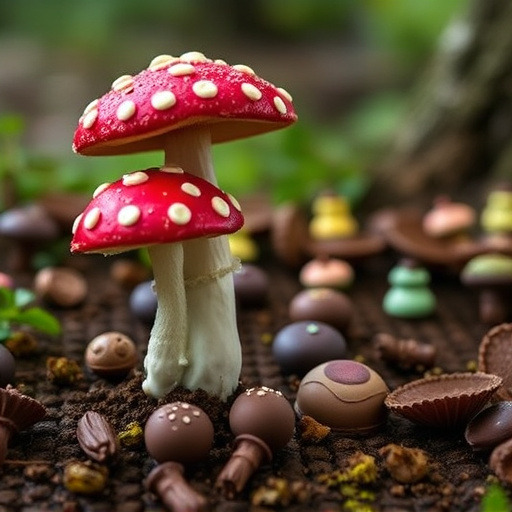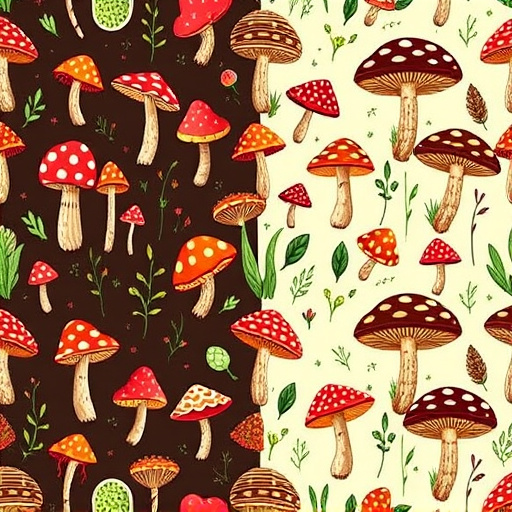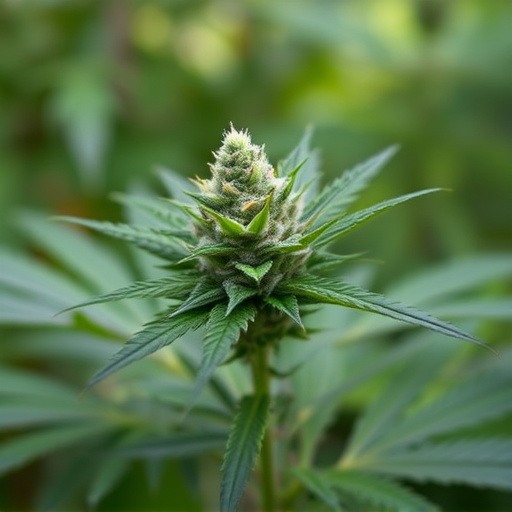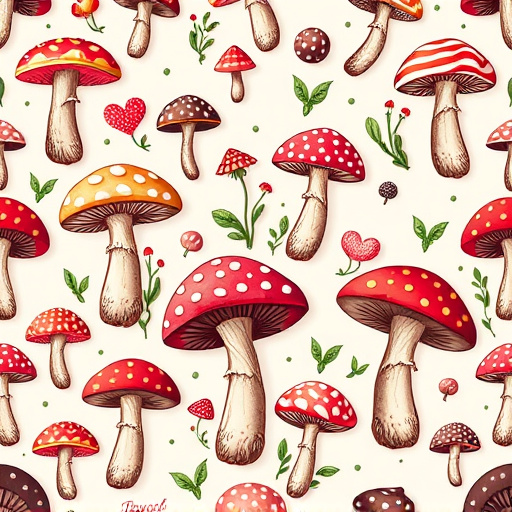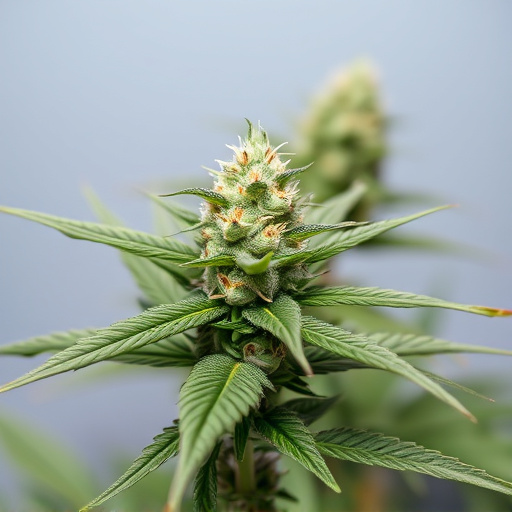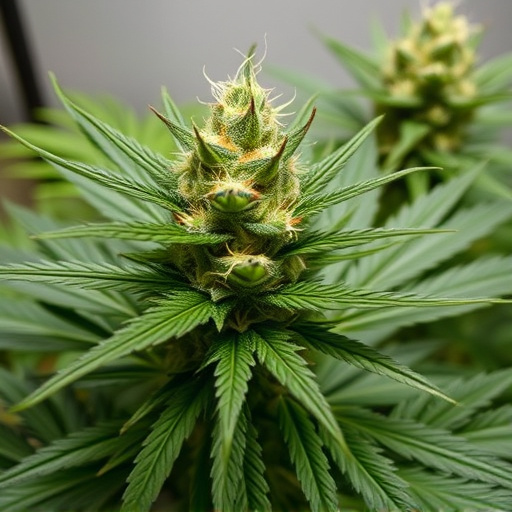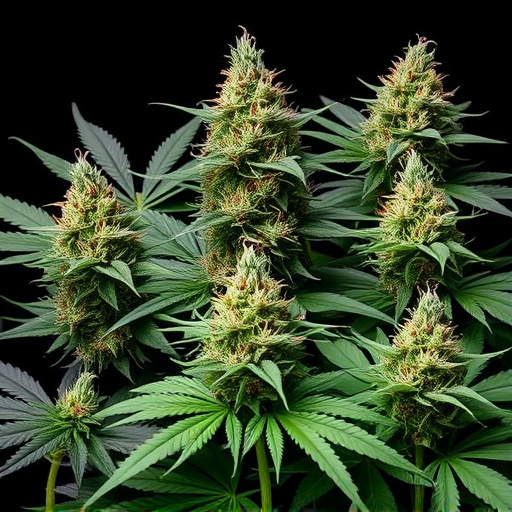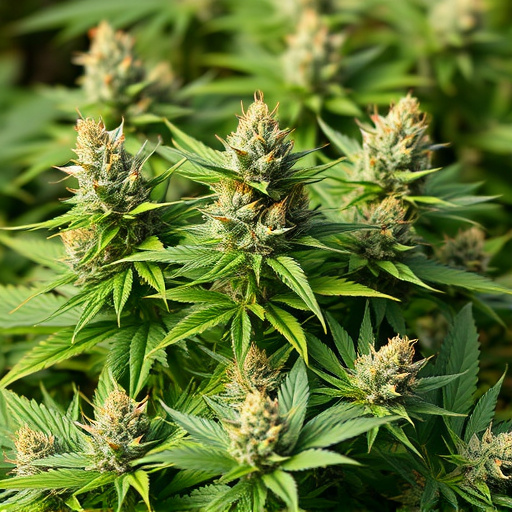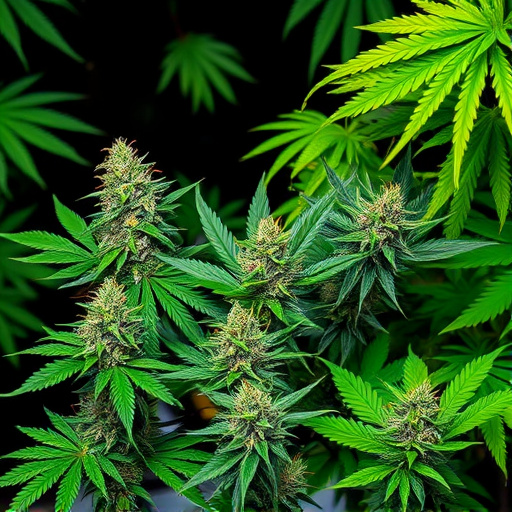The diverse appearance of cannabis is driven by complex genetics and environment interactions, leading to a vast array of different cannabis strains with unique visual traits like leaf shape, color, and thickness. Growers leverage genetic understanding to select or breed strains based on desired characteristics, ensuring the final product aligns with consumer preferences. Environmental factors, notably temperature, further enhance this diversity. This intricate interplay results in the wide range of different cannabis strains available today, catering to varied tastes and offering cultivators ample choices.
“Unraveling the intricate relationship between genetics and temperature, this article delves into how these dynamic forces shape the diverse appearance of cannabis. From vibrant colors and textures to bud structure and resin production, understanding the interplay of genetic diversity among different cannabis strains and optimal temperature ranges is key to cultivating exceptional plants. Explore case studies highlighting the remarkable visual variations that emerge when various strains are grown at distinct temperatures.”
- The Role of Genetics in Cannabis Appearance
- – Exploring the genetic diversity of cannabis strains and their impact on visual characteristics
- – How specific genes contribute to unique traits like color, texture, and yield
The Role of Genetics in Cannabis Appearance
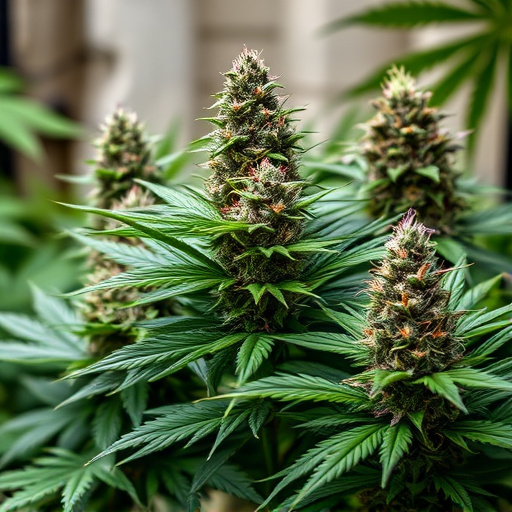
The appearance of cannabis is a complex interplay between genetics and environmental factors, with one of the primary drivers being the diverse genetic makeup of different cannabis strains. Each strain possesses unique characteristics that influence its final look, from leaf shape and color to overall plant structure. These genetic traits are passed down from generation to generation, creating a vast array of variations among cannabis plants. For instance, some strains may naturally produce thicker, darker leaves, while others develop long, slender ones. The specific combination of genes also determines the plant’s resistance to pests and diseases, contributing to its overall health and aesthetic appeal.
Understanding genetics is crucial in navigating the diverse world of cannabis cultivation. Growers can select or breed strains based on desired characteristics, knowing that these traits will be reflected in the final product. This genetic diversity is what allows for the creation of so many different cannabis strains, each with its distinct visual attributes and potential effects.
– Exploring the genetic diversity of cannabis strains and their impact on visual characteristics
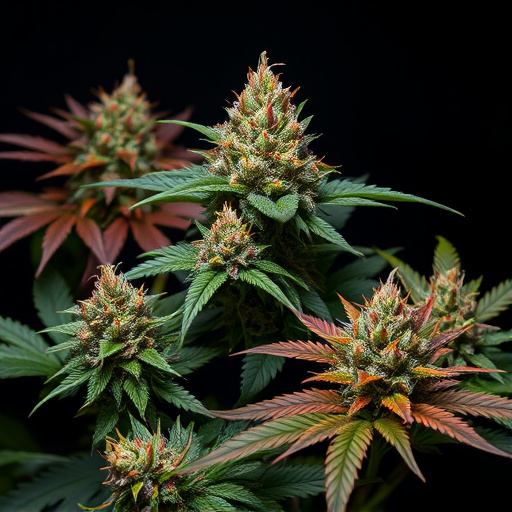
The world of cannabis is a vibrant tapestry woven with countless threads of genetic diversity. Each strain, unique in its makeup, presents a distinct visual language—from the shape and size of its buds to the vibrancy of its colors. This genetic variability is a treasure trove for cultivators, offering a vast array of options to cater to diverse consumer preferences. The interplay between genetics and environmental factors, notably temperature, further adds layers to this intricate puzzle.
Different cannabis strains exhibit varying characteristics that are not solely determined by their chemical composition. For instance, some strains may naturally produce more compact and dense buds, while others grow more slender and airy. These visual differences stem from genetic instructions encoded in each plant, influencing everything from the rate of growth to the distribution of resin glands. Temperature plays a crucial role in this process, as it can accelerate or slow down development, affecting the final appearance of the cannabis flowers.
– How specific genes contribute to unique traits like color, texture, and yield
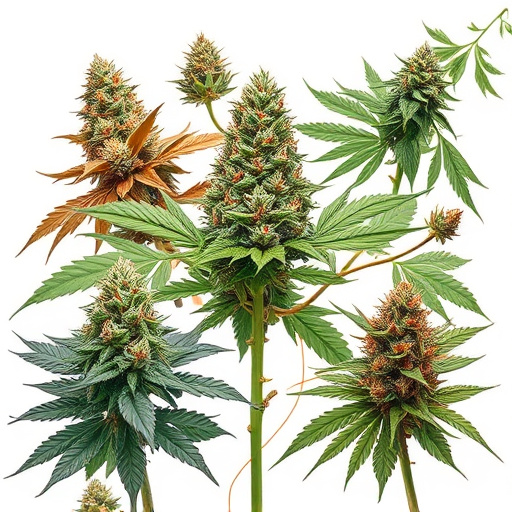
Cannabis plants, much like any other organism, possess a complex genetic makeup that dictates their unique characteristics. Specific genes play pivotal roles in shaping various traits, including color, texture, and yield – all of which contribute to the diverse range of different cannabis strains available today. For instance, genes responsible for pigment production can lead to vibrant greens, rich browns, or striking purples, adding visual appeal to both the plant and the final product. Textural differences are also genetic, ranging from dense, sticky resinous buds to airy, fluffy ones.
Moreover, temperature plays a significant role in the expression of these genes. Optimal growing conditions, including temperature ranges, can enhance or alter the manifestation of certain traits. For example, cooler temperatures during flowering might intensify resin production, making buds denser and more potent. Conversely, warmer climates could encourage faster growth but potentially reduce overall yield. Understanding these genetic influences and their interaction with environmental factors is key to cultivating and appreciating the remarkable diversity found among different cannabis strains.
The appearance of cannabis is a complex interplay between genetics and environmental factors, particularly temperature. Different cannabis strains showcase a vast array of visual characteristics due to the diverse genetic makeup inherent in this versatile plant. Specific genes play a pivotal role in dictating traits such as color, texture, and yield, contributing to the unique tapestry of cannabis varieties. Understanding these genetic influences allows cultivators to breed and optimize plants for specific environments, enhancing the overall experience for consumers who appreciate the subtle nuances offered by various cannabis strains.
